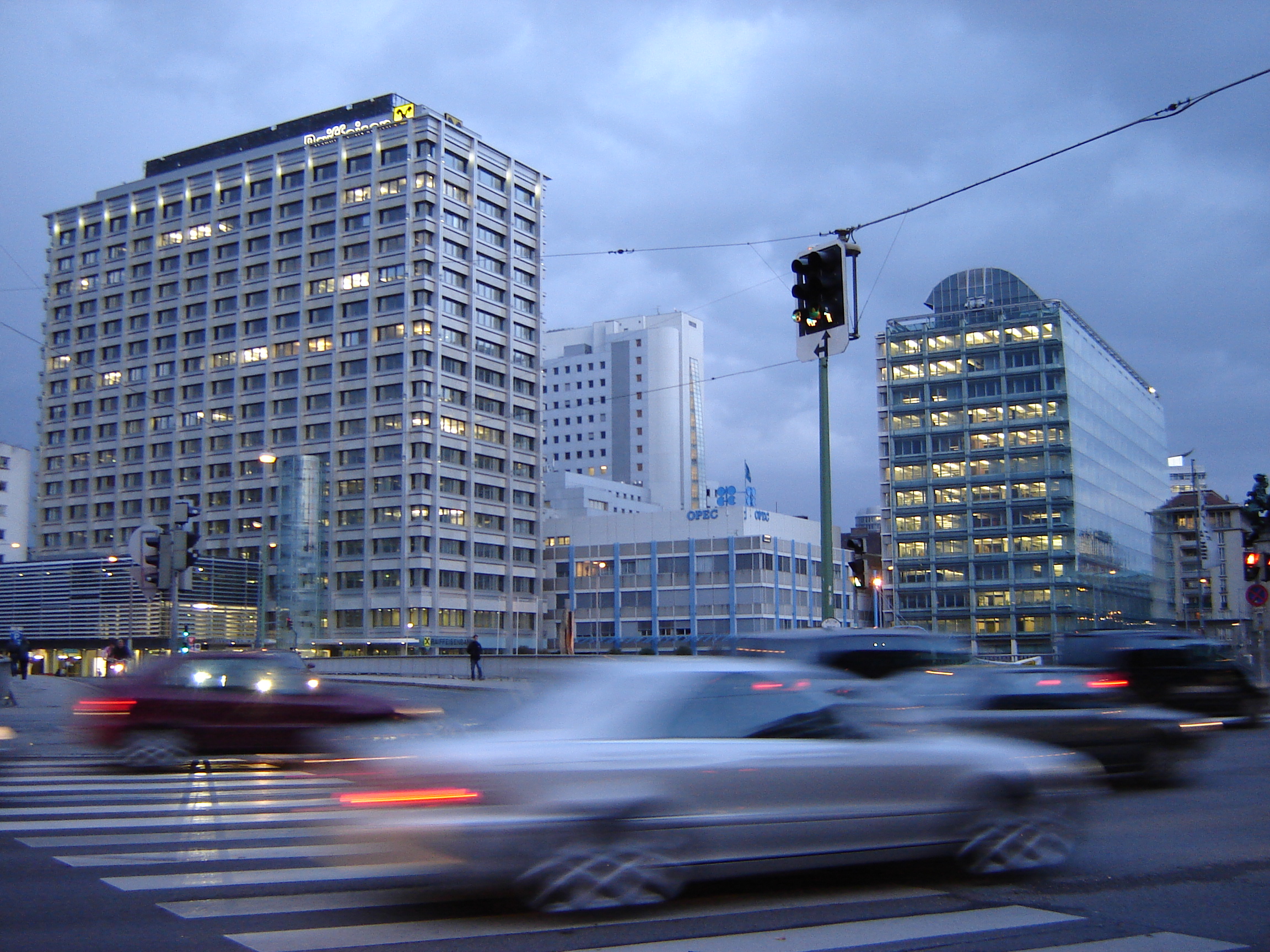
When industry makes a racket, citizens end up paying the bill
It is a sign of the times that even the British Lords in the House of Lords have accepted that noise is a major problem. After recent noisy protests outside their building, some Lords were forced to flee their chambers, while others reported physical illness. For them, the culprit may be noisy protests, but for many people (44% of EU citizens to be more precise), this noise disturbance comes from vehicles.
Interested in this kind of news?
Receive them directly in your inbox. Delivered once a week.
Last week the European Union approved a new law on measures to reduce noise from vehicles. The outcome: we will have to wait another 30 years to sleep well at night because of the loud opposition of an industry that refuses to quieten their products.
The first noise standards for vehicles date back to the 1970s, and since then have undergone relatively few revisions. The most recent update came 18 years ago, in 1996, and set today’s maximum limit at 74 decibels.
Over the last 40 years our understanding of the effect of noise on our health has grown. The World Health Organisation (WHO) has called noise the second greatest disease burden after air pollution, in terms of environmental factors in Europe.
The alarming health facts are, unfortunately for the House of Lords and the rest of us, real: the WHO estimates that around 44% of EU citizens are exposed to noise levels that pose a serious risk to health, and noise pollution has been linked to 50,000 fatal heart attacks every year in Europe. But this is not just a question of science. In a recent consumer poll, close to half of European citizens complained that noise affected their health “to a large extent”.
With all this in mind, the new agreed law puts into question the EU’s priorities. Should industry concerns come ahead of the well-being of its citizens? The way this file has been handled in Brussels and national capitals suggests that this is unfortunately the case.
In December 2011, the European Commission proposed a phased approach to reduce the current limit by 3.4 decibels by 2021. Carmakers’ lobbied vehemently against the Commission proposal, crying out that the costs were too high and standards too ambitious – even though 1 in 4 of the cars and 1 in 3 of the light trucks tested already meet the strictest standards.
The proposal moved to the European Parliament for discussion and a vote. The Parliament’s lead on the file, a Czech conservative called Miroslav Ouzký, was sharply criticised after he proposed a compromise that was extremely lenient on carmakers. A quick glance at the document properties of his amendments revealed a Porsche engineer as the principal author. So, needless to say, Parliament’s final take was a weak one.
Then member states started to chip away at the proposal. The Czech Republic was one of the countries that wanted to delay the timeframe and further weaken the noise standards. The end result: 2.6 dB less noise from a new car by 2027. In real terms this is a huge weakening of the original proposal, and because the law only applies for new cars from 2027, it will take at least a generation to hear the benefits. Compared with the original proposal, costs for the car industry are €1.3 billion lower, but noise cost to society is €67 billion higher.
What does the future hold for vehicle noise? Well, the current weakened legal revision took 18 years. If we wait another 18, the author will be nearly 50 years old, and possibly a bit hard of hearing. As the Lords in the United Kingdom have demonstrated, however, age is no protection from harmful noise levels. That some of this noise will come from protests is unavoidable; that much of it comes from traffic is not. In future decision-making, our government and our partners around Europe must do more to hear public health concerns over the loud din of noisy industry.
